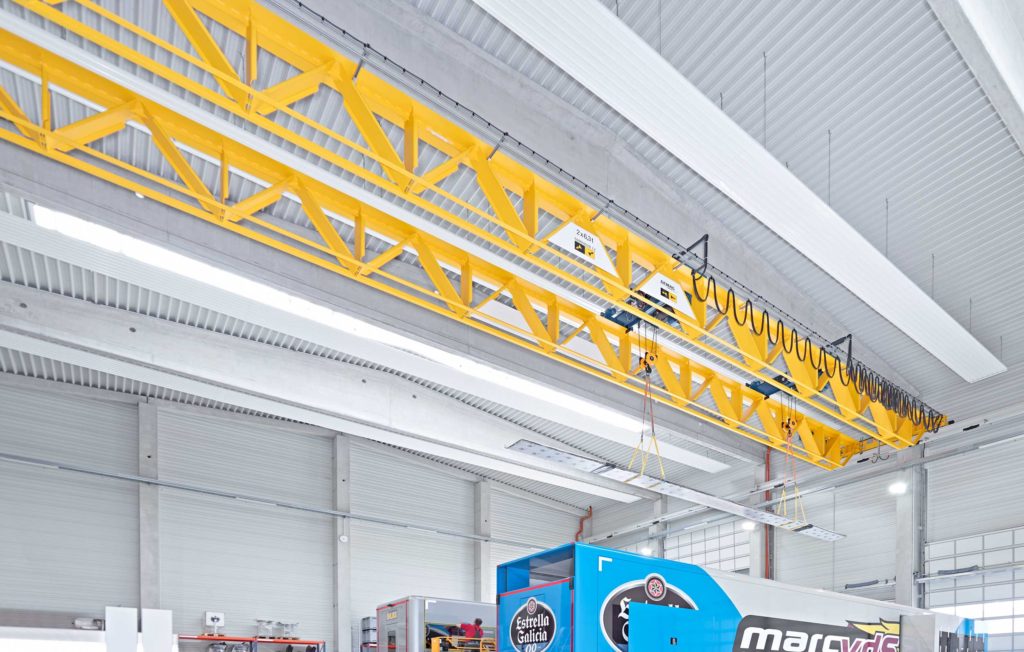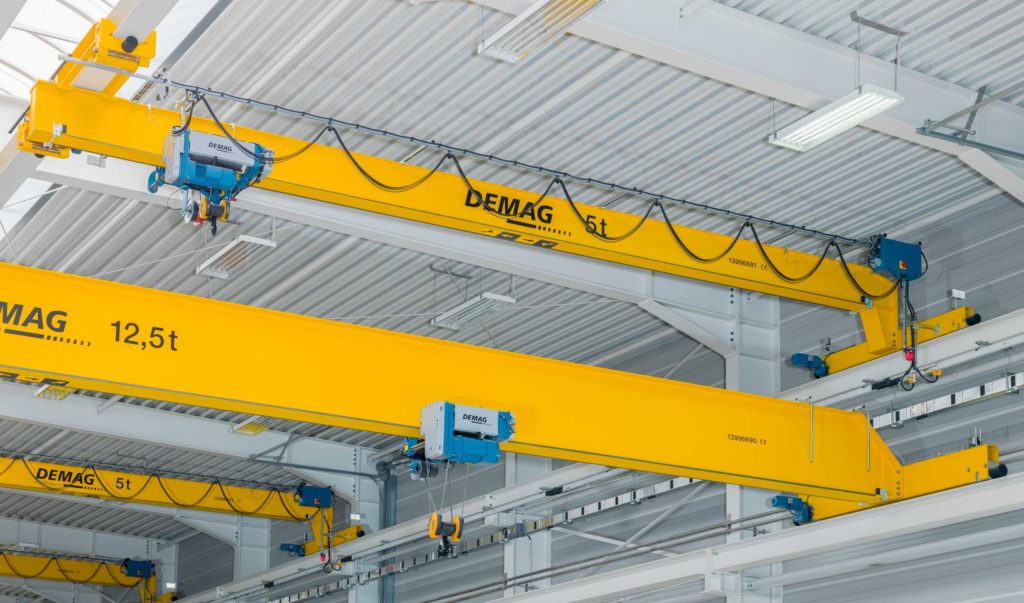Workplace safety is critically important. After all, everyone should be able to leave work the same way they arrived, in good health. Advocating for safety can be a challenge in the U.S., because overhead cranes and material handling equipment can fall under various codes and standards, including OSHA and ASME. Because these codes and standards become intertwined and easily misunderstood, a crane inspector needs to be diligent and dutiful in learning proper inspection techniques, and how to properly apply the most stringent safety requirement to their findings to keep your workplace safe.
OSHA was officially established as an agency under the Department of Labor on April 28, 1971. This agency puts standards into place to ensure a safe and healthful working condition for working men and women. ASME (The American Society of Mechanical Engineers), established in 1880 with its first standard published in 1884, creates standards for the design and safe use of cranes. When it comes to material handling equipment, the codes and standards from both OSHA and ASME combine to form a blanket that covers many key pieces of material handling equipment found in almost every industrial building.
OSHA’s 1910.179 covers the top running double girder overhead cranes that carry the heaviest loads and have the largest potential to do harm if an incident would occur. The contents of the 1910.179 section of OSHA code are dated, but the crane industry has updated the referenced standards and the recognized national consensus standards. OSHA allows the use of the updated standards if an equal to or greater condition of safety and health is required.

Double girder cranes carry the heaviest loads. The crane industry has updated the reference standards and recognized national consensus standards of OSHA code 1910.179.
There are also many smaller, single girder cranes in use that help lift in the industrial space. Many owners consider these lighter cranes to be a common workplace tool rather than a specialty machine with its own training requirements. The latest edition of the ASME B30.17 clearly states training requirements for operators, technicians and inspectors for this type of equipment.

Even smaller, single girder cranes have ASME standards that clearly state training requirements for operators, technicians, and inspectors.
Regardless of which code or standard needs to be followed in an individual facility, requirements should be followed to prevent accident and injury. Getting a robust education as a crane inspector ensures your understanding and application of the proper regulations for a safe workplace.
I have been a technical trainer for a leading crane and hoist manufacturer for more than 20 years. My main duty has been to teach proper service and inspection for the various products offered by our company to a network of technicians and inspectors. I take the most pride in the direct influence I have had developing the skill level of crane inspectors, so they recognize deficiencies on cranes and apply manufacturer’s criteria, codes and standards to their everyday job. Our intent is to prepare inspectors for real world scenarios, including the gray areas of definition and precedence, and still allow them to comfortably sleep through the night knowing they did their very best job. My charming wife is a hospice homecare nurse, and she can identify the good she does for others on a daily, often hourly, basis. Though I cannot gauge my career success in the same way as my wife, educating others to help prevent accidents allows me to know that people go home at the end of their work day safe because of the work I do training crane inspectors.
Success for a crane inspector, and their educator, is the absence of an incident happening or story unfolding. I will never get to really know the extent of a lifetime of work dedicated to creating safe and healthful working conditions for those working with overhead cranes. But when my students find a missing safety latch on a hook or discover a worn-out rope guide from side-pulling loads, be assured we are all sparing others the grief that results from an accident or injury.
Want to learn more about training to become a crane inspector? Contact us today!
Additional Safety Resources
- Enhancing Safety and Efficiency | Glass and Fragile Product Manufacturing with Enclosed Track Cranes
- Industry Leading Safety and Productivity | Demag D-BP II Air Balancer
- 5 Balancer Safety Features to Optimize Your Assembly Operations
- Understanding Wire Rope Lay for Your Next Wire Rope Hoist Repair or Inspection - December 21, 2023
- Diagnosing Additional Error Codes on Demag CANBUS Hoists and Cranes - March 28, 2023
- Maintenance and Service Tips for Demag KB and ZB Motors in Non-Crane Applications - February 7, 2023
